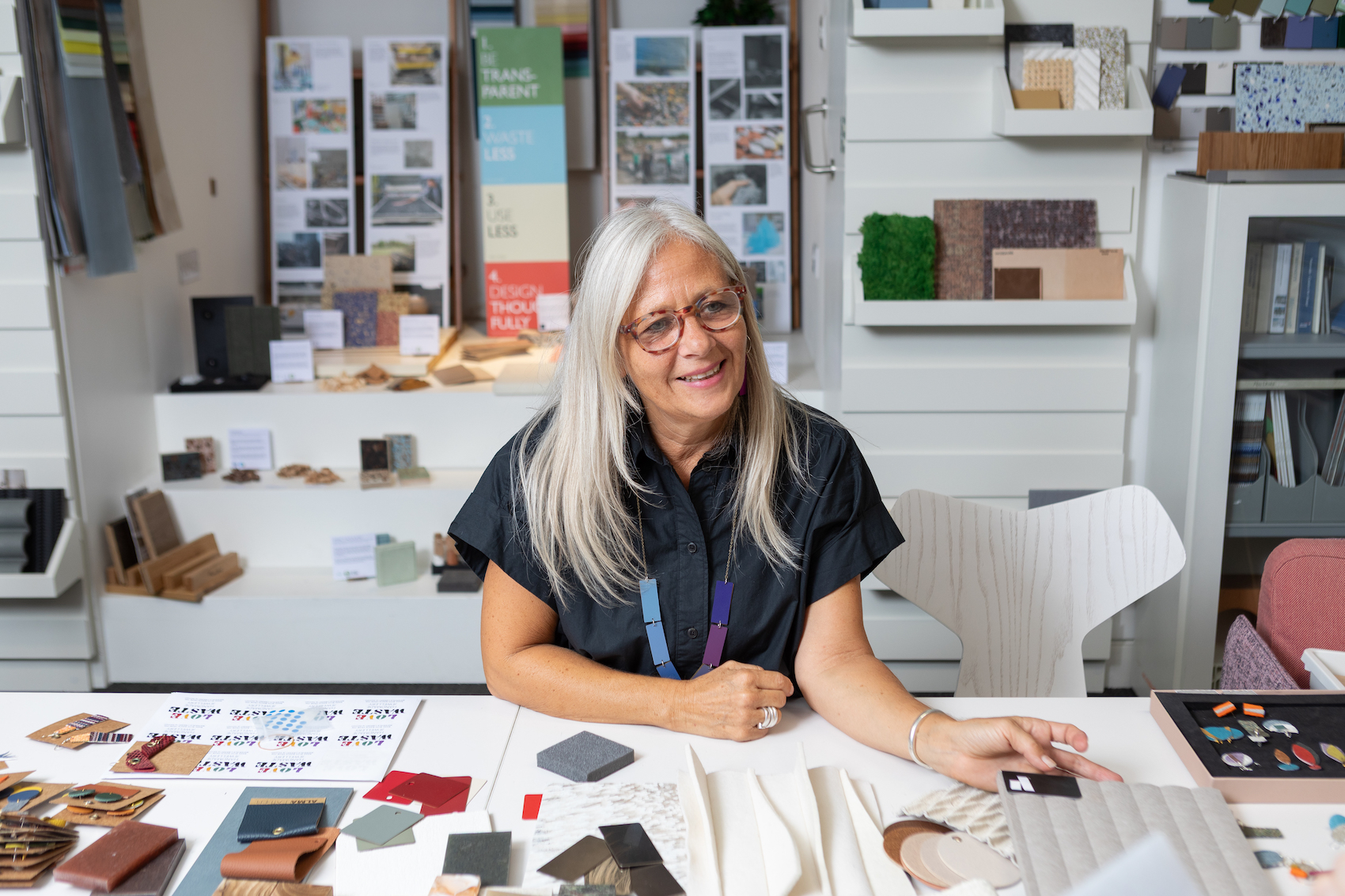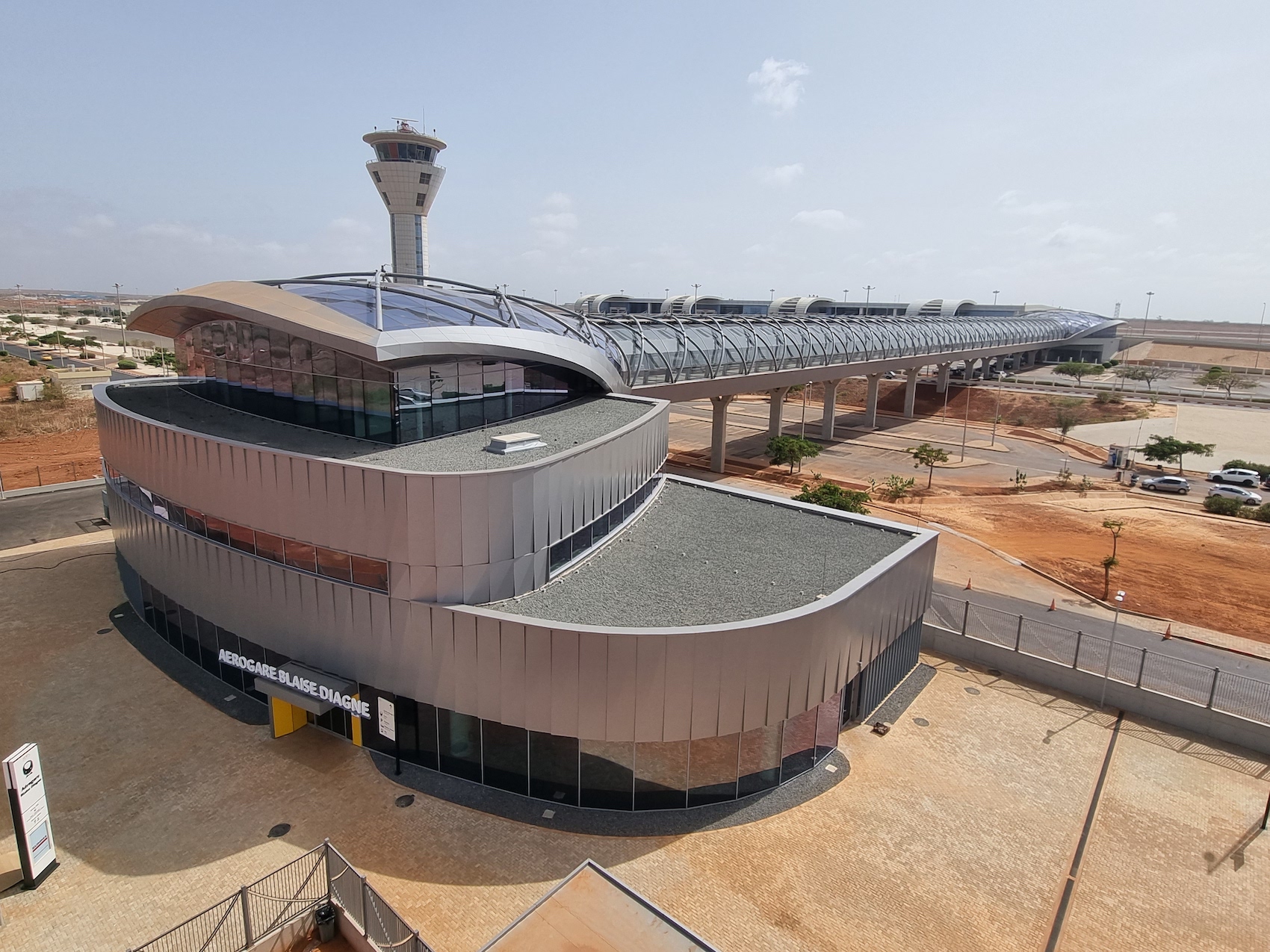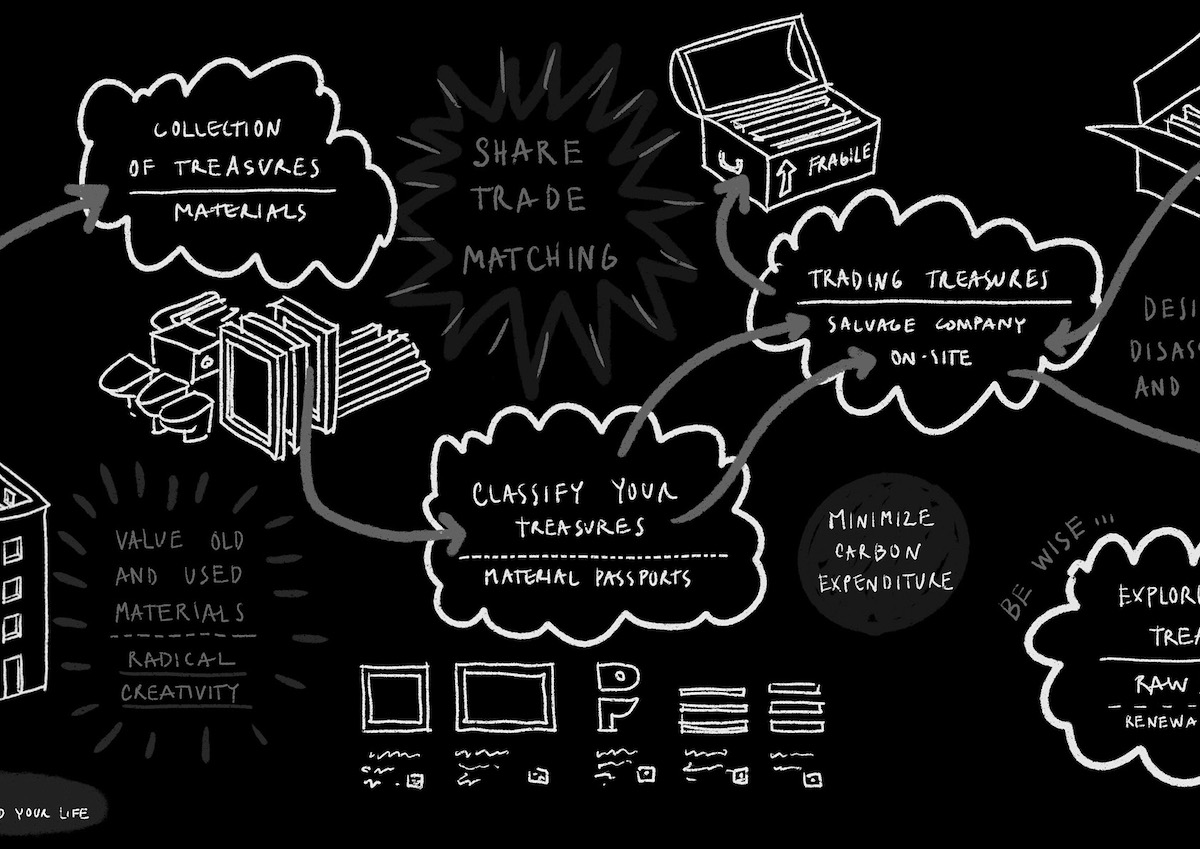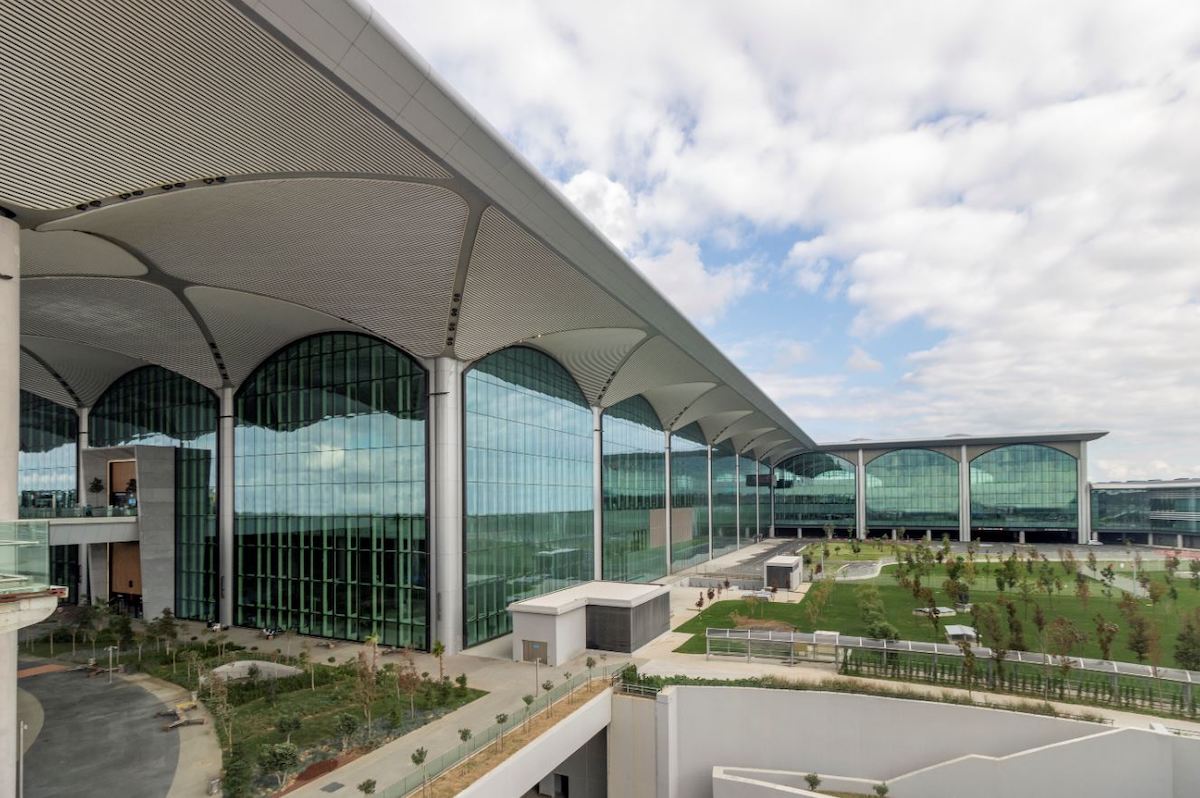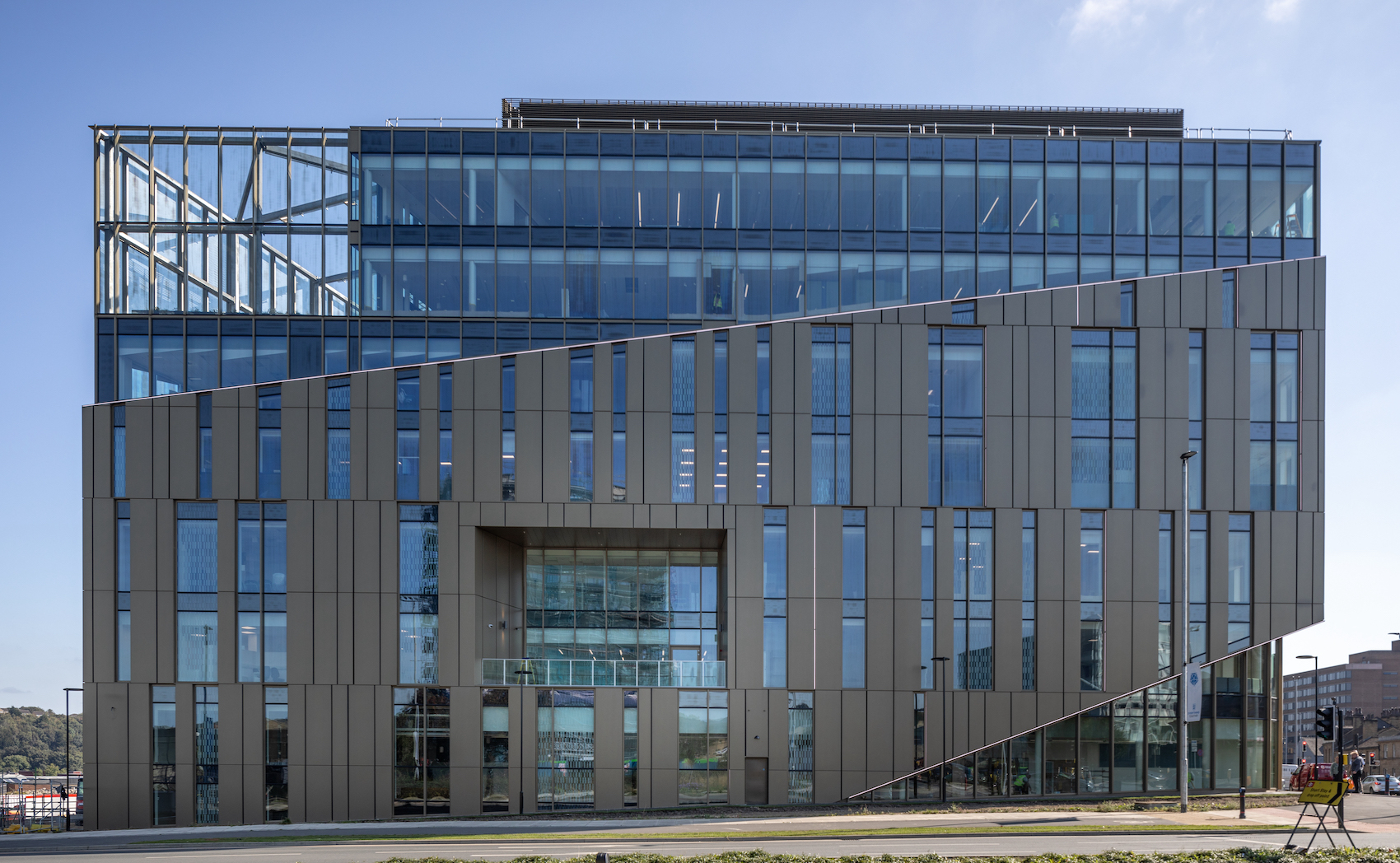Steve Jeffries, Product Manager Foul Water Systems at Wavin UK, discusses how architects can help to future-proof residential developments and improve biodiversity by specifying the latest below-ground drainage innovations.
In association with![]()
It’s no secret that the housebuilding industry is under increasing pressure to hit stringent sustainability targets on new developments. This includes improving biodiversity, and one of the key ways developers are achieving this is by incorporating more potential habitats for wildlife, through trees and green spaces. But this presents a unique challenge when it comes to below- ground drainage, as root ingress poses a serious threat to the structural integrity of water management systems, potentially wreaking havoc in the long-run.
Root ingress can occur when trees roots come into contact with below-ground pipework. It is often a hidden issue that lies dormant for years, but then quickly leads to blocked, broken and damaged pipes. As roots infiltrate drainage networks in search of water, oxygen and nutrients, they cause debris, like tissue paper, wipes and fats, to become stuck. This ultimately leads to waste flowing more slowly, or stopping altogether, which causes an array of problems at surface-level.
Traditional methods of combatting root ingress include cutting the roots, drain relining, or excavation, which are time-consuming, extremely disruptive for those responsible for managing pipework, and damaging to the surrounding environment. In fact, these solutions are so disruptive to natural elements, they can negatively impact the overall sustainability credentials of a development, alongside the reputation of architects and housebuilders if extensive remedial work is required.
Innovating underground
One of the most effective ways for architects and specifiers to reduce the likelihood of damage and upheaval caused by root ingress is to stop it from happening in the first place. RootSeal, by Wavin OsmaDrain, is a new innovation that gently discourages roots from penetrating pipe joints. It does this by using an inhibitor, consisting of a naturally-occurring additive, which acts like a forcefield against root growth around the socket and seal.
The use of RootSeal has also been proven to have no negative impact on trees’ health, surrounding soil or wildlife – so it really is a win-win. Given the importance of creating green spaces in new developments to protect wildlife, this is a vital tool in future-proofing core infrastructure and enhancing the environmental credentials of a project.
Reducing whole-life cost
Aside from the environmental concerns, digging up and replacing pipes can be expensive. Underground drainage systems are not fit and forget, with blame for any costly repair work ultimately falling on the design and planning of the development. So it’s important to adopt a preventative attitude when it comes to potential issues further down the line, helping save on money and improve overall build quality.
Given that RootSeal comes at no extra cost compared to existing solutions, it is the type of innovative and long-term solution that can make a genuine difference to the overall cost and sustainability of a build protecting drainage from overgrown roots.
Designing sustainable drainage
As architects will be all too aware, the need to create neighbourhoods that are desirable places to live, with ample green space must align with the reality of increasingly challenging weather patterns. This requires the careful design of holistic sustainable drainage systems (SuDS) – now mandated in new developments. These also encourage natural elements like swales, basins and ponds which bolster local ecosystems. Trees will often be a core component of these SuDS too, which is where RootSeal can again play a vital role in ensuring the system’s longevity isn’t impacted by ingress into neighbouring foul water systems.
Combining natural SuDS with below-ground drainage attenuation tanks, like Wavin’s AquaCell NG, can help to further mitigate the threat of flooding. This allows architects to deliver green spaces and attractive developments, while also improving resilience against heavy rainfall.
By adopting this kind of approach – one which uses long-term thinking and sustainable products – architects can design harmonious living spaces which appeal to house buyers, but also provide housebuilders with confidence that developments will last long into the future.
Contact Details
For more information on RootSeal, please visit the Wavin UK website.











